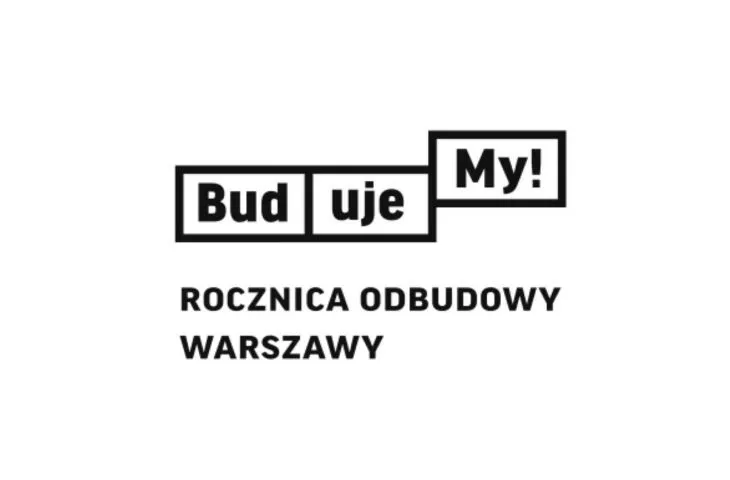From February to September this year, residents and citizens of Warsaw will be able to take part in exhibitions, meetings, concerts, discussions and film screenings that will introduce them to the process of rebuilding the capital and its impact on the city's appearance today.
"BuildsMy! The Anniversary of Warsaw's Reconstruction" is a series of events prepared by the City of Warsaw with the participation of the Office of the Capital Conservator of Monuments, the Warsaw Museum, the History Meeting House and partner institutions: the Andrzej Wajda Film Culture Center, the POLIN Museum of the History of Polish Jews, and the Eryk Lipiński Museum of Caricature.
75 years ago, on January 3, 1945, the National National Council decided to rebuild Warsaw and establish it as the capital of postwar Poland, and shortly thereafter, on February 14, the Bureau for Reconstruction of the Capital was established. The driving force behind these changes was the people who streamed into the city after the war ended, settled among the rubble and began rebuilding on their own. The buildings that grew up on the site of the ruins are not only places to live, but also a symbol of culture, identity and the liberation of Warsaw.
The 75th anniversary of the reconstruction is an opportunity for contemporary Varsovians and Varsovian women to learn more about the history of the capital and understand the changes taking place in it. We know that the city is first and foremost people, which is why the celebration of the anniversary of the rebuilding of Warsaw is accompanied by the slogan "BudujeMy!". Behind it is the joint effort of the city's residents, without which the reconstruction would not have been possible. It reflects the character of those days and the desire to return to each other, to live and work in the capital," says Aldona Machnowska-Góra, director of the coordinator for culture and social communication.
The rich program of the series included, among other things, a meeting organized by the Office of the Capital Conservator of Monuments at Warsaw's ZODIAK Architecture Pavilion in connection with the publication of a digital version of the "Warsaw Destruction Inventory Plan" - a unique cartographic document illustrating the extent and nature of the destruction of Warsaw after the end of World War II.
The House of Meetings with History will host a photography exhibition on March 17 and the premiere of the album "Warsaw anew. Reporters' Photographs 1945-49," which will be accompanied by a concert by "Janek Mlynarski's Warsaw Dance Combo."
The Center for Film Culture will host an intergenerational stop-motion animation workshop "Trampoline to the Old Town Cinema," evening meetings "Film Talks about Warsaw," in which films and series will be the starting point for discussions about the capital's transformation in recent decades, and a city game "SKARB."
The Museum of the History of Polish Jews POLIN has prepared an exhibition "Here Muranow" showing the history of the former Northern Quarter - before the war the center of Jewish life, razed to the ground by the Germans during the war, and in the place of which a new settlement, Muranow, was built after the war.
During the exhibition "Artisan Stories. Miecznik's Workshop" at the Warsaw Museum, visitors will be able to see the workshop, learn about the fate of the family and take a peek into the former store of master engraver and bronzer Władysław Miecznik.
A full calendar of events is available on the Museum of Warsaw website.














